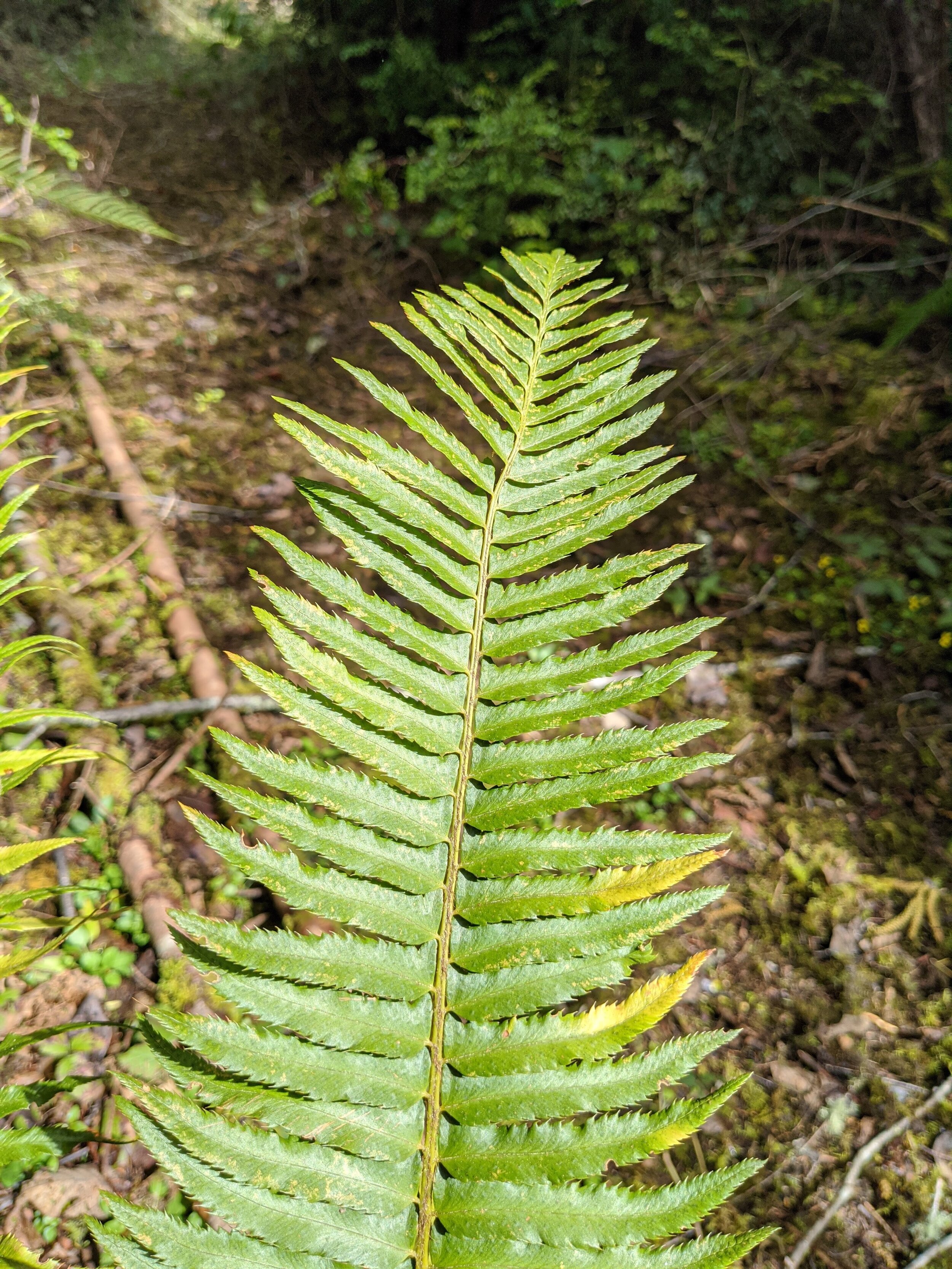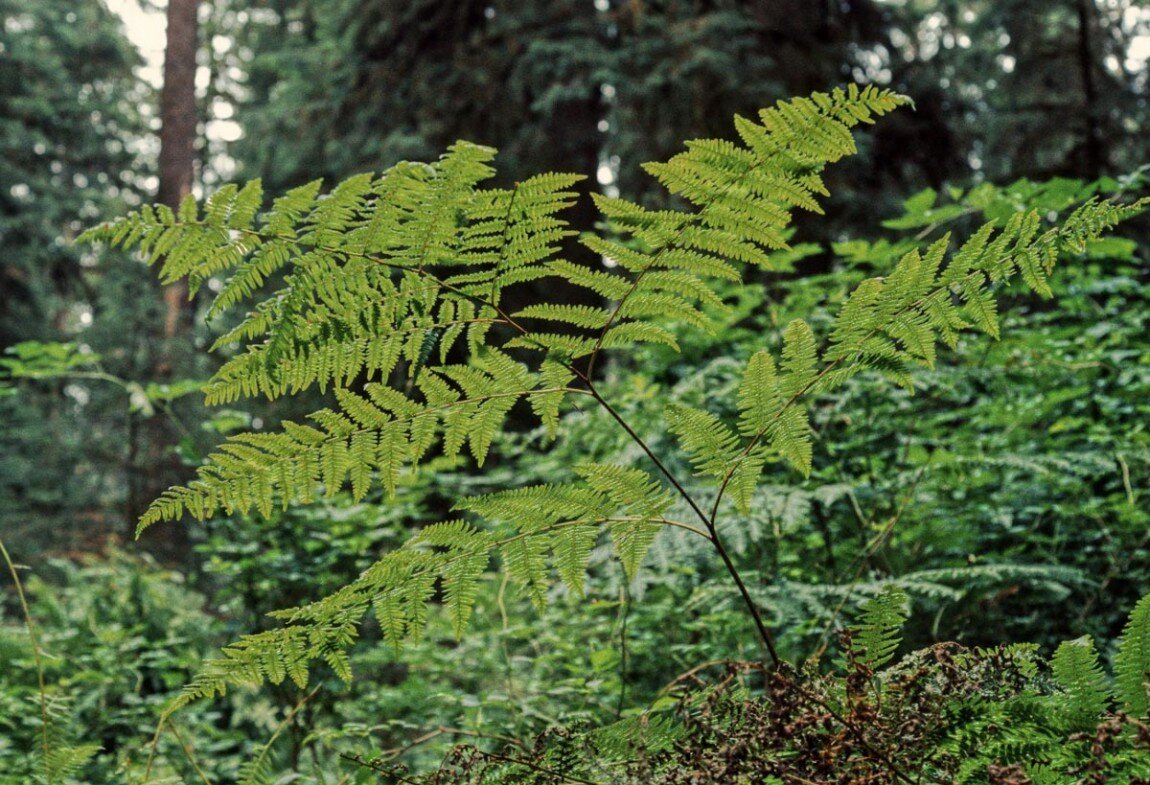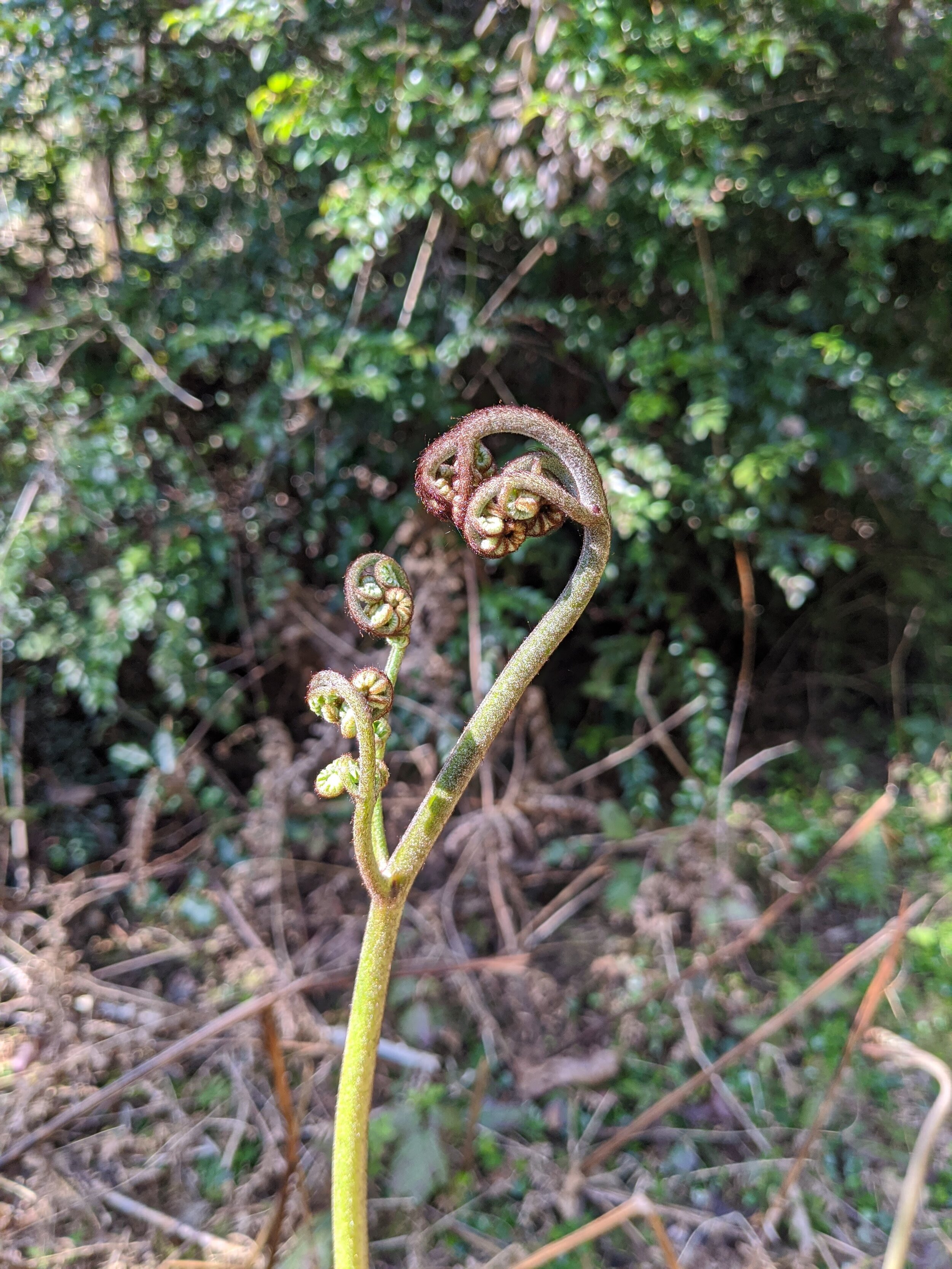Ferns
/Ferns are one of the oldest known plants. Even though the species that exist today are not the same as the ones that existed almost 400 million years ago, they are similar in structure and function. How do scientists, know this? Fossils of ferns are often found. In fact, when the ancient ferns died and sunk into bogs, they trapped a lot of carbon which we use today as coal and the natural gas that powers cars.
Anatomy of a fern
Photo: www.amerfernsoc.org/about-ferns
Unlike many plants, ferns do not produce flowers or fruit. Instead, they release spores that settle elsewhere in the forest to grow a new fern. The anatomy of a fern is different from flowering plants as well. Instead of roots, they have rhizomes. These rhizomes can spread out far underground. If the part of the plant that is above ground dies, the rhizome still survives and can grow more leaves. The stem of the fern is called a stipe and the leaves are called pinnae. The stipe and the pinnae combined are called the frond. If you flip one of the pinnae upside down you may see where the spores are. If spores are present, there will be little dots on the bottom. These dots are called sori and they hold the spores of the fern until they are released. Lastly, when a fern frond is growing out of the ground, the pinnae grows in a spiral. This is called a fiddlehead and is a great snack for many animals. People eat them too.
Some ferns I have seen around camp include: Sword Ferns, Deer Ferns, Lady Ferns, Bracken Ferns and Licorice Ferns.
Sword Ferns are the most common fern I see around camp. Whenever I walk through an area with a lot of them it makes me feel like I am walking through a prehistoric time. They are fairly large ferns. Each pinnae is shaped a little like a sword, coming to a point at the end. The pinnae also have serrated edges and can be a little sharp.
Licorice Ferns look similar to Sword Ferns but instead of growing in a clump they grow out of the moss on Big Leaf Maples and other mossy trees. They are named for the fact that their edible rhizomes have a similar flavor to black licorice.
Deer Ferns tend to be smaller than Sword Ferns. Their pinnae appear kind of waxy. They have some lower fronds that reach outward and some fronds that grow straight up. The ones that grow straight up are the ones that produce spores.
Bracken Fern fiddleheads are popping up on many of the trails at Sound View right now. Each pinnae of a Bracken Fern has more “leaves” on them. These are called pinnules. The Bracken Fern is wider towards the bottom of the stipe and gets skinnier towards the top.
Photo: www.centralcoastbiodiversity.org
Lastly, the Lady Fern is similar in appearance to a Bracken Fern with each pinnae having many pinnules. How I tel them apart is a Lady Fern is more “diamond-shaped:” skinny towards the ground, wide in the middle, and skinny at the top.











